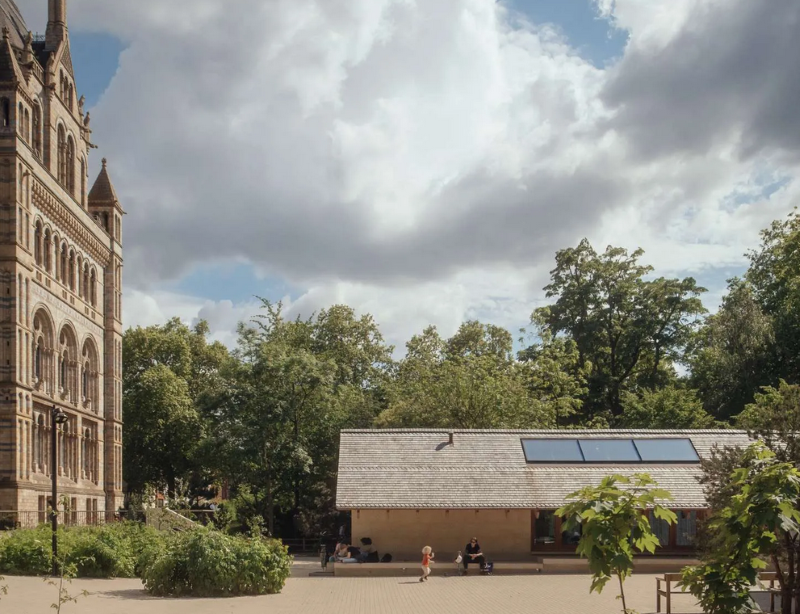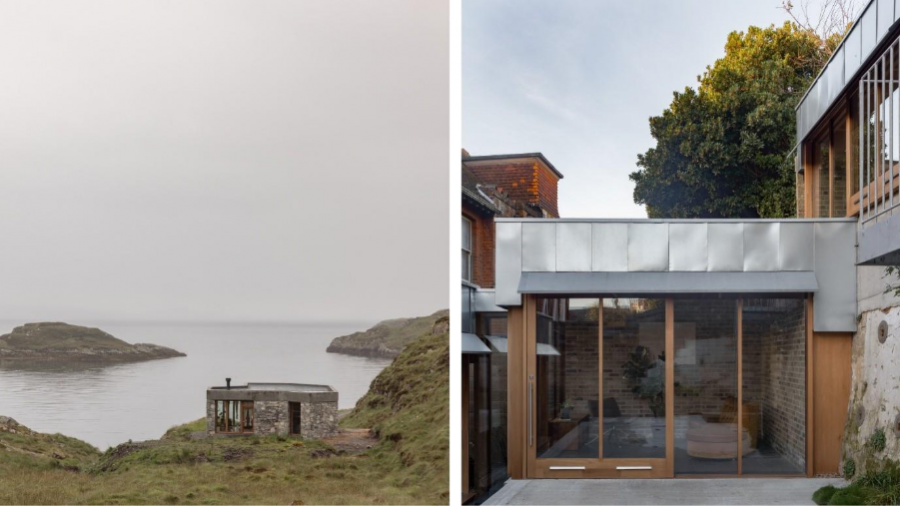The RICS Global Smart Cities Conference is fast-approaching and, with it, the opportunity to discuss systems and debate models. What a smart city looks like can vary depending on context.
Influenced by factors such as economic policy, government goals and local requirements, smart cities around the globe each have an individual character, demonstrating a range of available options when developing infrastructure alongside technology.
With no one-size-fits-all approach to smart cities, there is also no ideal 'smart city vision' - what works for one area may not for another. In essence, being smart is about applying available technology to improve living conditions and provide solutions.

This is something Ben Welle, Director of Integrated Transport & Innovation at the World Resources Institute, is passionate about. Noting the nuance between access to the most recent technology and the application of smart city principles, he says: "Smart cities are not necessarily ones with new technologies, but ones that are based on smart policies," before explaining how having a smart transportation system can impact positively on areas beyond the initial focus. Ben draws attention to how improving transport within a city can also support improvement in other areas.
"Urban design that can provide connectivity with urban transport prioritizes people through public transport, walking and cycling. Doing so creates transport systems that can emit less carbon and air pollutants, reduce road fatalities and serious injuries, and provide more equal access to jobs, education and other destinations", he says, demonstrating that being a smart city is related to much more than simply using technology; how it is used is what makes the difference.”
Data use within smart cities is also an influencing factor on outcomes. It is only in recent decades that the opportunity to react to live data has been available and with it, the opportunity to affect inhabitants and service users in real-time. According to Dr Claire Penny, Global Digital Evangelist at Invicara, "a smart city should consist of a single unified data model (or more probably a collection of interoperable models) representing the dynamic state of the built environment".
She says this is best reached by "enabling data driven workflows to optimize asset performance, operational efficiency, citizen experience and environmental factors. All whilst ensuring data and personal privacy and security". The data capabilities of smart city designs can efficiently improve factors such as safety, movement within spaces and sustainable environments. This allows local leaders to really focus on contextual solutions and create bespoke smart city models.
The driving force of smart city design is people, resources and local needs. Mark Enzer, Chief Technical Officer at Mott MacDonald UK and Digital Director at the Centre for Digital Built Britain asserts: “Smart Cities must be about delivering better outcomes for people, society and nature. A city’s infrastructure is more than just water, energy or transport assets; it’s a system of services that helps to make the city livable, boosts quality of life and fuels sustainable growth, productivity and prosperity."
He reminds us that when thinking about smart cities, it is important not to disconnect people and end-users from technology and solutions. Continuing, he says "we must also see infrastructure and the built environment as an interconnected system of systems that provides the foundation for people and society to thrive. It’s only when we see the systems that we can start to imagine cyber-physical systems, which is the essence of ‘smart’, and then to get the best from these systems we need a freer flow of information across organisational and sector boundaries.”
The future of smart cities is evolving and complex. The concept itself is open-ended and how technology is applied to provide higher standards varies, leaving much to be discussed in this area. The RICS Smart Cities Conference offers:
- 15 global and regional sessions with first-hand insights
- Live on-demand sessions and post-live events
- The opportunity to network and interact




















